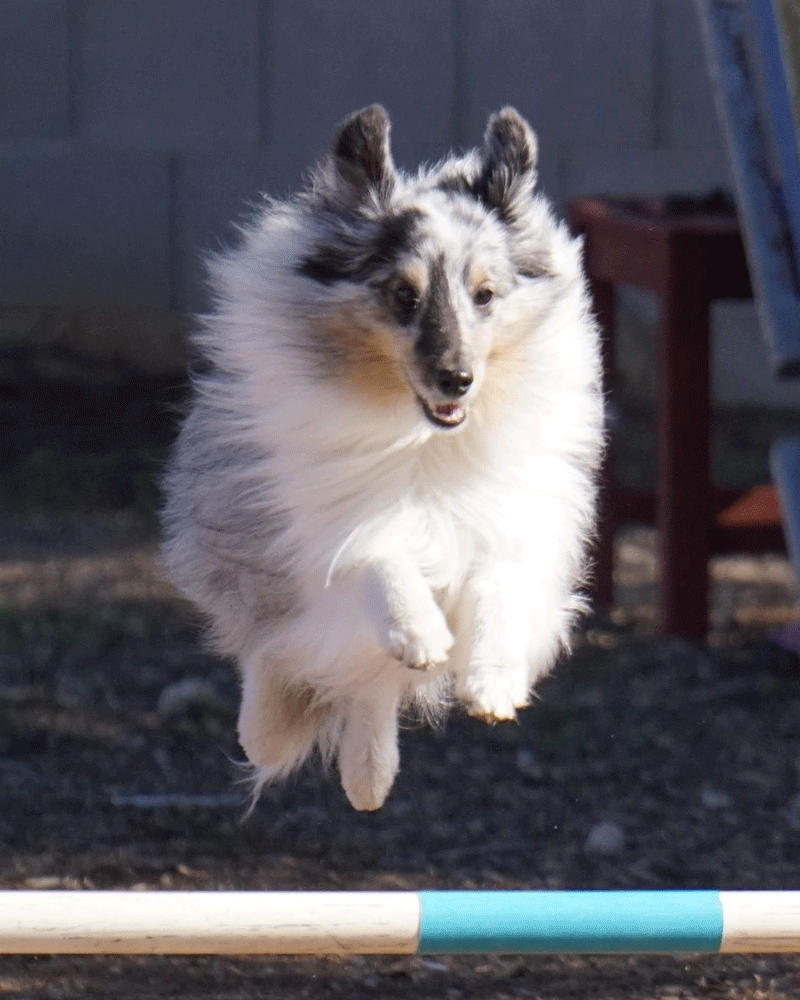Maintenance
Blogs/News articles tagged as Maintenance
Somebody has to keep the lights on, which is why today's Throwback Thursday highlights a crew doing lighting maintenance in the early 1970s.
There's a magic that happens between small children and big trucks. That's what makes ADOT's participation in the Touch a Truck event even more special.
Litter is no joke, neither is the effort necessary to keep our 59 pump stations along Valley freeways clean and maintained. That's where ADOT's hydrovac comes in.
PHOENIX – When stormwater from Valley rains, including monsoon thunderstorms, makes its way through freeway drainage systems, that runoff carries a lot of trash into the Arizona Department of Transportation’s pump stations.
It takes some powerful vacuums to remove litter, debris and sludge from the 59 pump stations along Phoenix-area freeways. And ADOT has a big machine for the job.
As summer starts again, its now warm enough for work on several road improvement projects in northern Arizona.
If you were born and raised south of Cordes Junction, let’s face it: You’re probably not an expert when it comes to driving in snow. We're here to help.
PHOENIX – This winter’s El Niño-fueled storms are leaving the Arizona Department of Transportation and drivers with some bumpy reminders of the one-two punch our highways take from Mother Nature and traffic.
The good news is ADOT crews regularly examine state highways for potholes and address them as quickly as possible, making short-term patches followed by long-term repairs.
ADOT's Equipment Services crew got traffic moving after mud and rocks blocked the roadway near Glen Canyon Dam.
ADOT’s job doesn’t end once a road is built.
Do you ever think much about roadway debris? It’s a potential danger all drivers should be aware of – it’s also something that everyone can help prevent.
Today’s video does a very good job of summing up what the maintenance crews do and why it should matter to the traveling public.
We’ve blogged before about what happens after a crash on the state highway system ...
If you liked the list of five electrical maintenance tasks regularly performed by ADOT crews we shared last month, you’re in luck today …
It’s a real shame to see a road tagged with graffiti -- especially because we know all about the effort that goes into building a freeway in the first place.
Pagination
- Page 1
- Next page

